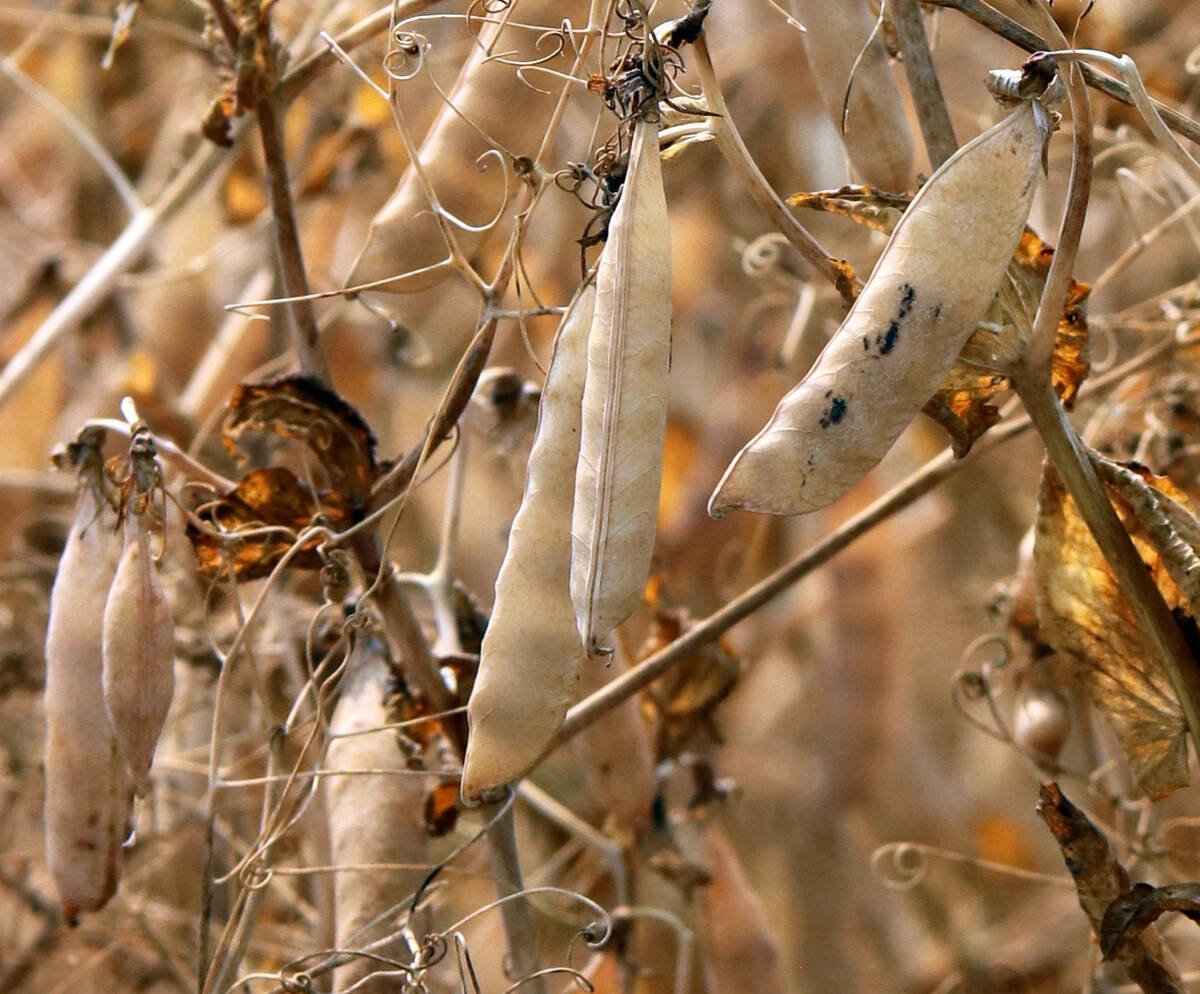The last few relatively wet years in Alberta may have increased disease prevalence in garlic plantings.
Several market gardeners that grow garlic have reported blackening of the outer sheath on garlic bulbs.
Plant pathologist Michael Harding of Alberta Agriculture said that could be a symptom of embellisia skin blotch, although that is not the most common disease affecting garlic.
“We’ve had a garlic and onion disease survey in the last couple of years in Alberta and we’ve found that fusarium, there’s a rot of the bulb, usually starting on the basal plate of the bulb… that’s the most commonly occurring disease on garlic and onion,” said Harding.
Read Also

Trump’s tariffs take their toll on U.S. producers
U.S. farmers say Trump’s tariffs have been devastating for growers in that country.
Embellisia has only been noticed in the last few years, identified by darkening of the outer skin and blotching on the bulb.
“Sometimes it doesn’t show up until after harvest. It’s typically noticed as a post-harvest disease more than it’s noticed in the field, so that’s been increasingly common in Alberta,” said Harding. “Up until a few years ago, I’d never heard of that as being a real garlic issue here, but it seems to be becoming that.”
The fungus causing embellisia overwinters in the plant debris, soil and infected cloves, so crop rotation is key to control, Harding said.
“We’ve been in a wetter trend, so some of these diseases that we wouldn’t normally see have kind of ramped up on us.”
Embellisia doesn’t affect garlic quality. Affected layers can be peeled off because the fungus doesn’t normally penetrate into the bulb.
Garlic that shows any signs of blackening or blotching should not be stored with disease-free bulbs. All garlic should be stored in breathable material at low humidity.
Fusarium basal plate rot, which is the more common disease seen in garlic and onions, is also best controlled through crop rotation, although Harding acknowledged options might be limited for market gardeners with small acreage.
As the name indicates, basal plate rot attacks the base and roots of garlic bulbs, resulting in useless, tan-coloured roots.
The plant’s base may develop a pinkish-brown growth. Above ground, affected garlic has yellowing leaf tips and shoots die back in spring.















